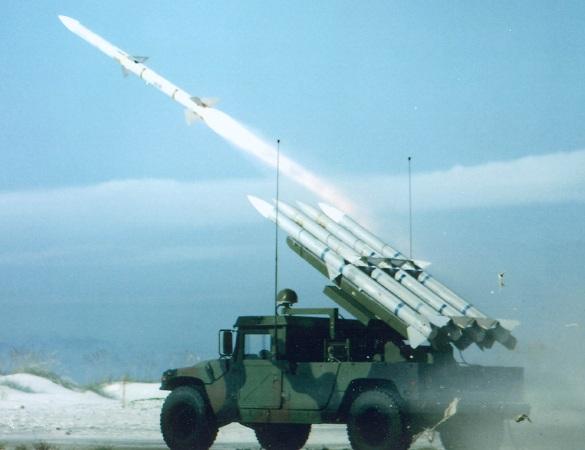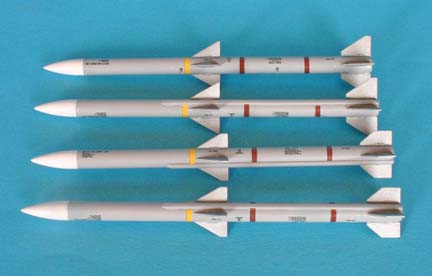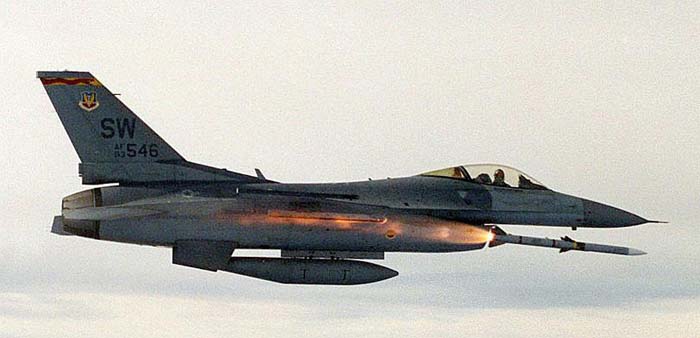

Contrary to other claims, the contract number that appears on the AIM-120C debris did also include ARAAM sales to Pakistan, not only Taiwan. Out of the PAK’s inventory, only the F-16s are officially able to fire the AIM-120. While Islamabad refuted the assumption that F-16s were involved in the operation, India presented pieces of the AIM-120 medium-range air to air missile (AMRAAM) Block C, which were recovered after the dog fight. Contrary to statements of pro-Pakistani Twitter accounts, an Indian Mi-17 helicopter crash in Kashmir on 27 February was caused by technical problems, not the PAF.Īt this point, it remains unknown which PAK aircraft downed the MIG-21 Bison. While Pakistan initially claimed that two Indian fighter jets were shot down during the air battle of 27 February, the PAF only provided evidence of one and Islamabad later dropped the claim. The PAF DID NOT down a second Indian fighter jet. However, an investigation by Bellingcat concludes that “there is no compelling evidence offered as of yet than an F-16 would have been shot down, and all signs point to MiG-21 wreckage having been on display thus far.” Russian and Indian media naturally picked-up the story. The same Twitter users have accused the PAF of trying to hide the evidence of the F-16 crash. Pro-Indian Twitter users argued that photos released by Pakistan, which show the wreckage of the MiG-21 Bison, were actually depicting the remains of the F-16’s engine cross section. Supposedly, the PAF F-16 crashed in (PaK). New Delhi claims that an Indian Air Force MiG-21 Bison downed a PAF F-16 during the dogfight on 27 February. The Indian pilot ejected from his Bison aircraft, landing in Pakistan-administered Kashmir (PaK), where he was apprehended by Pakistani authorities. The Indian MiG-21 Bison is an upgraded version of the baseline MiG-21 airframe (NATO reporting name: Fishbed). An Indian MiG-21 was shot down by an AIM-120 (Block C) medium-range air to air missile (AMRAAM) launched by a Pakistani aircraft. According to India, the Indian Air Force formation consisted of two MiG-21s (NATO Reporting Name: Bison), four Sukhoi Su-30s (Flanker-C) and two upgraded Mirage 2000s, which confronted 24 PAF jets: eight F-16s, four Mirage-3s and four JF-17 “Thunder” light fighters. During the raid, India scrambled fighter jets to intercept the Pakistani aircraft, which led to a “dogfight” between the nuclear-armed countries.

Following the Indian air strikes near Jaba Top, the PAF retaliated with air strikes on unknown targets in the Indian-controlled Kashmir territory. Satellite imagery of the target area before and after the attack. Reuters and The Drive came to the same conclusions. Alternatively, the Indian Air Force aircraft (reportedly Mirage 2000s) may have experienced problems with either the ordnance or the targeting pod. A spokesperson of the Pakistani military has suggested that the Indians missed their target, as they were tailed by Pakistani fast-movers. Change is visible only in the unpopulated forest adjacent to the JEM-affiliated structures, which remained intact. The Digital Forensic Research Lab geolocated the Indian strike near Jaba Top (Pakistan), matched the ordnance wreckage with the Israeli-made SPICE 2000 precision-guided munition that is used by India, and ultimately proved that the target was not destroyed. Despite claims of success, independent battle damage assessments (BDA) conducted via remote sensing show no change in the targeted structures. India held Islamabad accountable and retaliated with airstrikes on a JeM position (claimed to be a madrasa or training camp) in Kyber Pakthunkwa province (Pakistan) on 26 February. Tensions between India and Pakistan erupted after the Pakistan-based terror organization Jaish-e-Muhammad (JeM) killed at least forty Indian paramilitary forces in Kashmir on 14 February 2019.

The Indian Air Force raid on Jaish-e-Muhammad site in Kashmir was UNSUCCESSFUL. While Indian Prime Minister Modi hoped to benefit from a show of force against Pakistan for the upcoming elections, the outcome was visibly negative for New Delhi. As the record is set straight, it seems that Pakistan is emerging on the winning side of both the February 27 “dogfight” and the information war succeeding the event. Despite the thick “fog of war,” some of the uncertainties have been clarified with a high degree of confidence in the past days.

The aerial combat between the Pakistan Air Force (PAF) and the Indian Air Force at the end of February was one of the most confusing and fluid events ever covered through open sources. The latest confrontation between India and Pakistan took place in the informational sphere as well as on the actual battlefield.


 0 kommentar(er)
0 kommentar(er)
